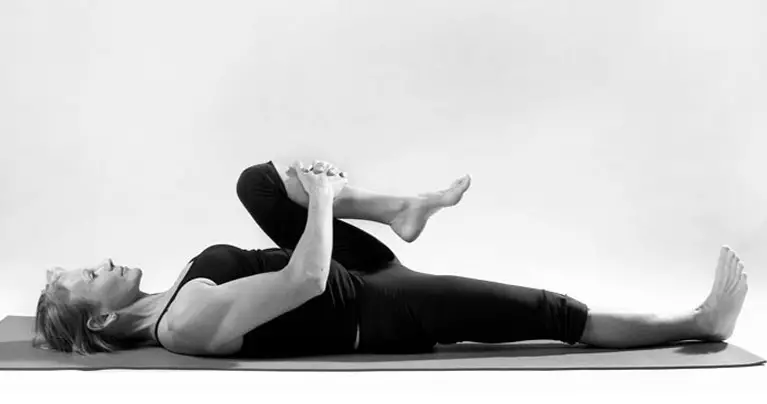Are you one of those who suffer from sciatica pain? Does it interfere with your daily activities? It is estimated that 5-10% of patients with low back pain have sciatica while the lifetime prevalence of low back pain can range from 49-70%.
First, let’s explain what is a sciatic nerve to understand the notion of sciatic pain. It is the largest single nerve in the human body which starts from the spine and runs down through the thigh and calf muscles to the feet.
Statistically, every person has a 40% risk of experiencing sciatica pain at some point in his life. It does not mean that it can be a chronic pain, but it can interfere with your daily activities.
Sometimes, not all sciatica trouble can cause pain but a weakness in the knees and tingling in the legs.


Warning Signs of Sciatica Trouble
- Pain at every point of the sciatic nerve such as the low back, back of the thigh, buttocks, and calf.
- Numbness, fatigue, and loss of feeling in the legs and feet.
- A feeling of burning, tingling or pinching.
- Weakness in your knees as a result of sitting.
- Foot drop: difficulty flexing the ankles enough to walk on the heels.
- Lower reflexes in the knee and Achilles tendon.
What Triggers Sciatica Pain?
This specific pain can be a result of a herniated disc in the lumbar spine – the part of the spine that curves inward. If you experience such a pain, make sure you consult your doctor as soon as you can. Also, 70% of the sciatica cases are the result of piriformis, the muscle that you use to turn your thigh out.8 Yoga Stretches for Sciatica Pain
There are some positions originating from yoga that can stretch your lower back and prevent sciatica pain. However, make sure you consult your doctor before you start with some exercise program. In case you experience some difficulty or pain, stop immediately and consult your doctor.1. The Knee Raise

2. The Standing Back Twist

3. The Single Knee Twist
4. The Two Knee Twist
5. The Seated Twist
6. The Twisted Lunge
7. Child’s Pose
8. The Cat Pose
Leave a Comment
